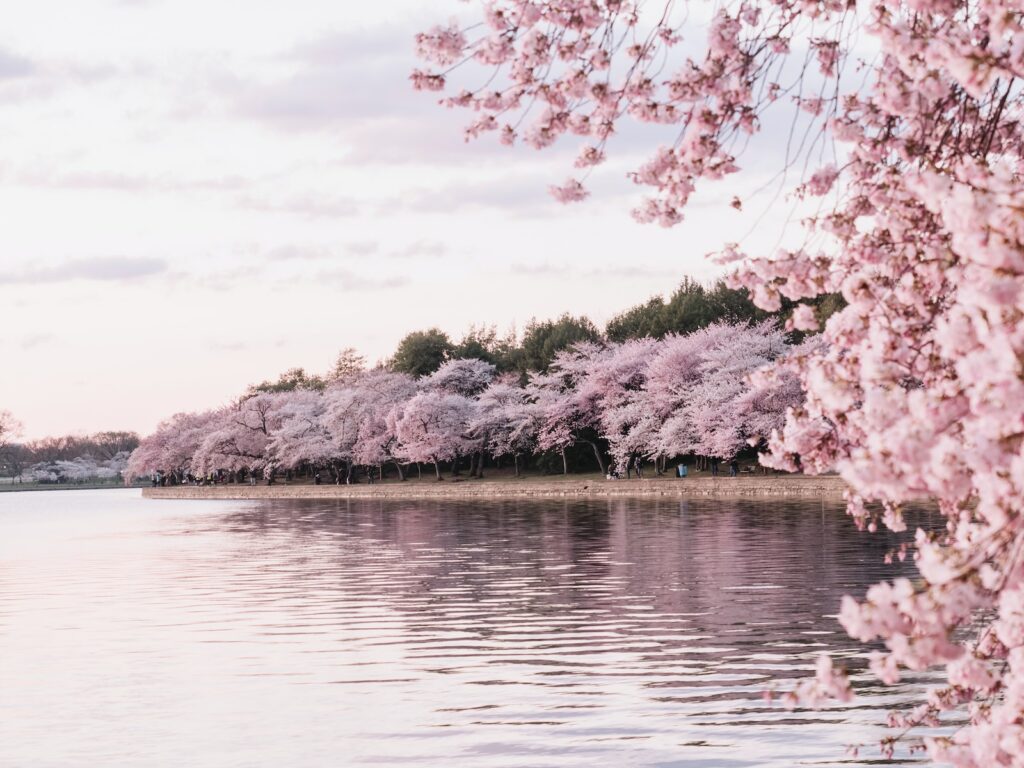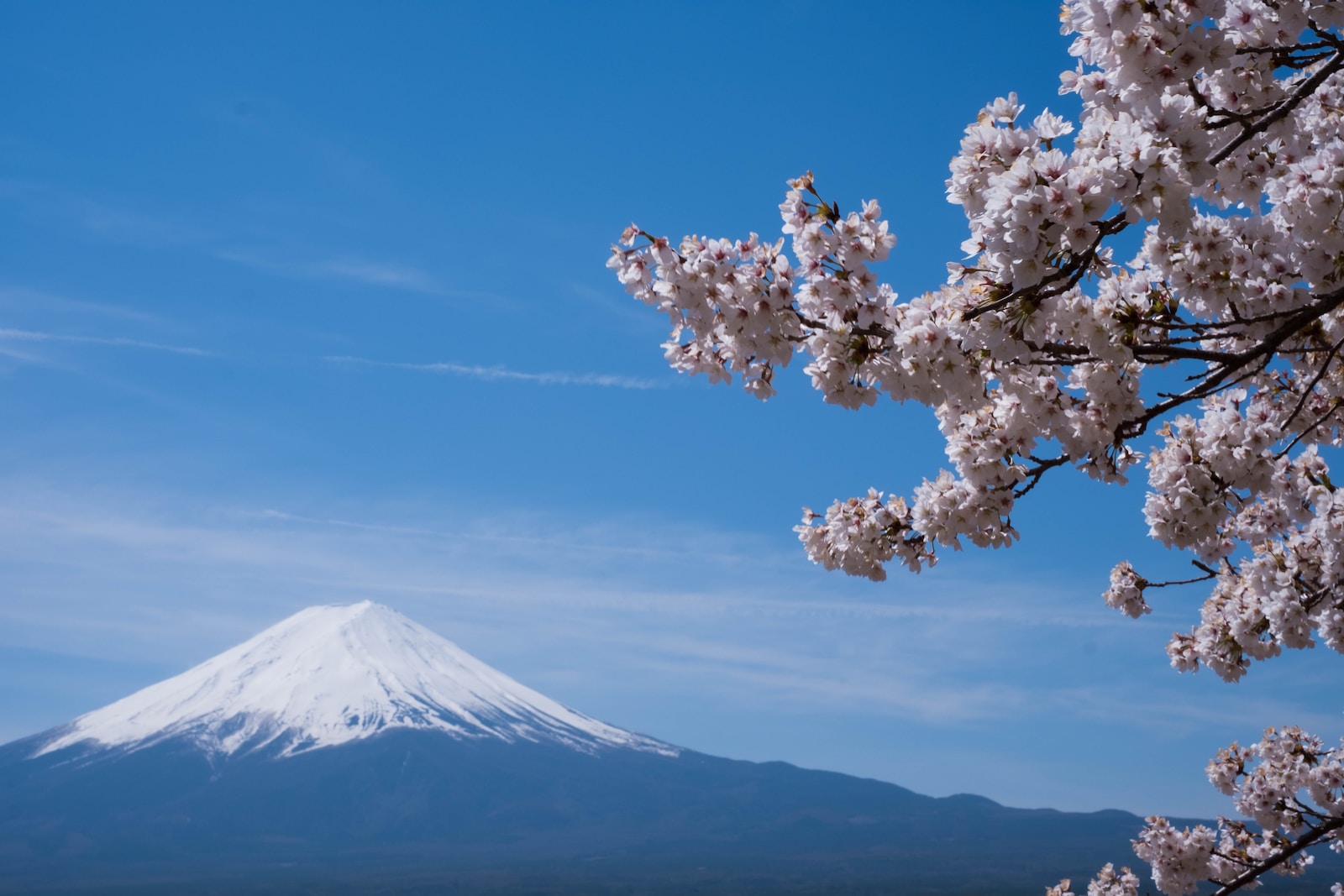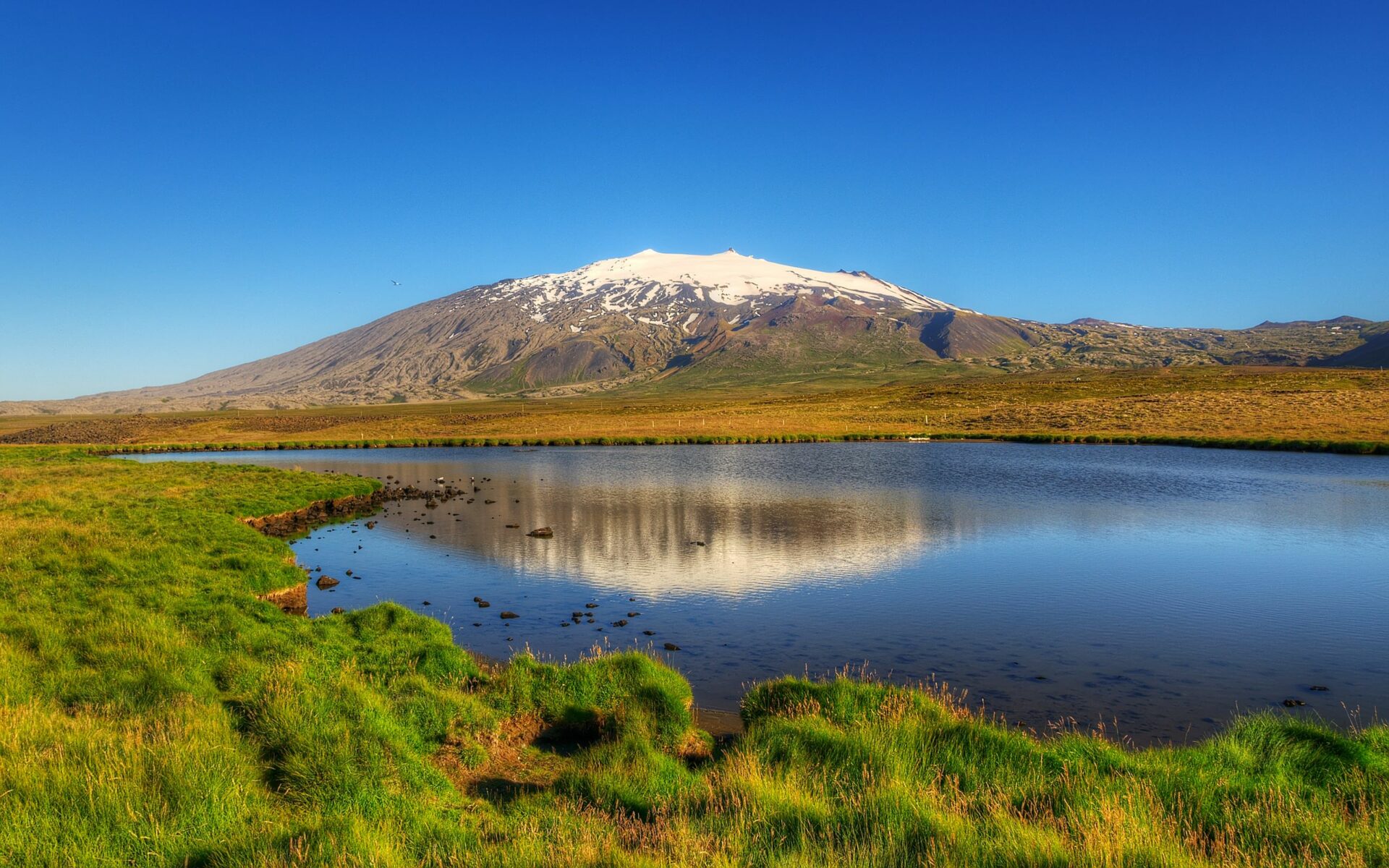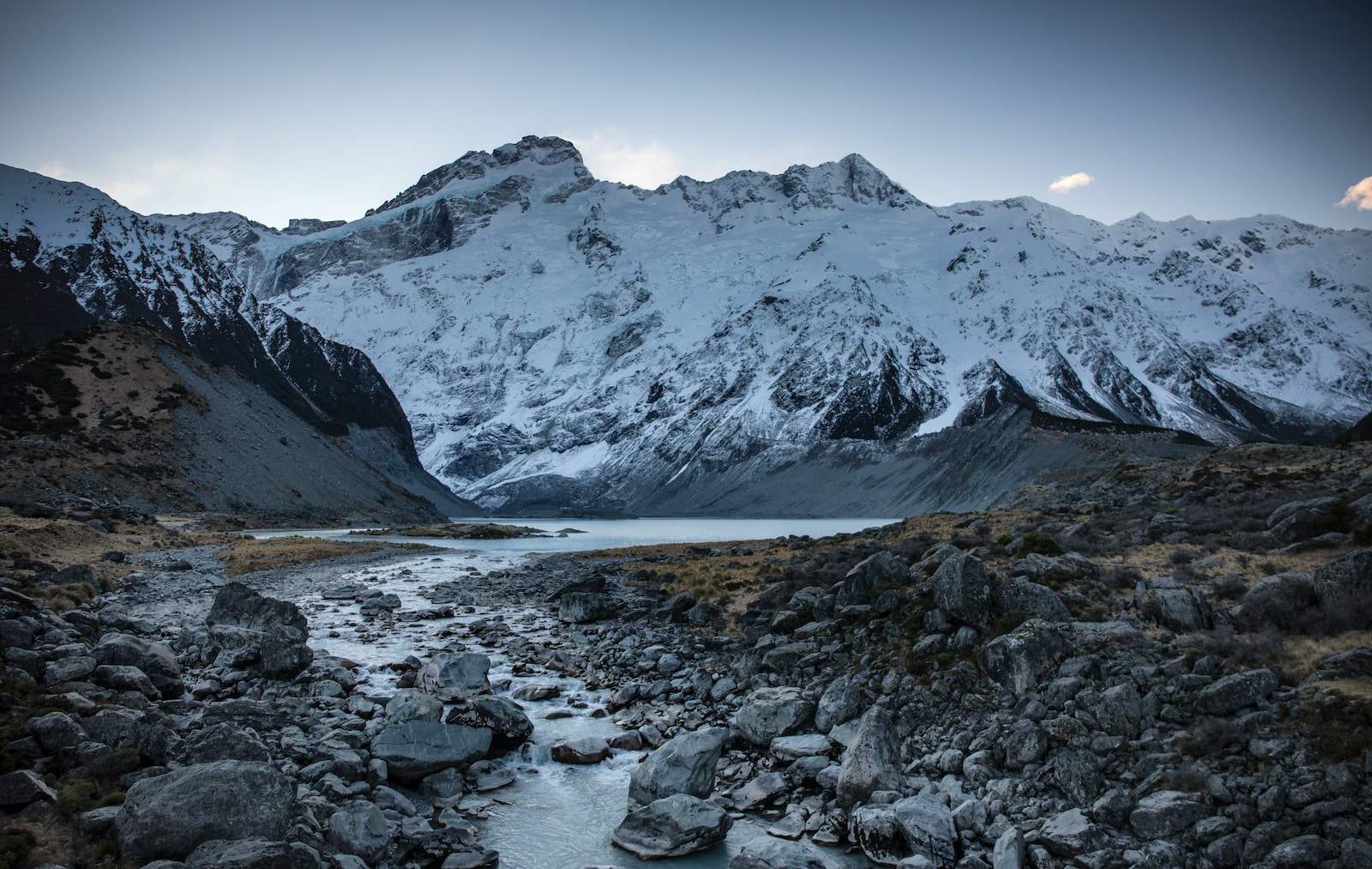Discover the majestic beauty of Japan’s most iconic mountain, Mount Fuji. Dive into the rich culture and significance surrounding this awe-inspiring peak. Uncover the secrets of landscape photography techniques to capture Mount Fuji’s splendor in all its glory. Whether you’re a nature enthusiast or photography lover, this blog will transport you to the breathtaking landscapes of Japan and provide you with valuable insights to create stunning images of Mount Fuji.
Table of Contents
- Japan’s Iconic Beauty: Mount Fuji
- A How-To Guide: Capturing the Magnificence of Mount Fuji
- Frequently Asked Questions
- 1. Where is Mount Fuji located?
- 2. What is the significance of Mount Fuji in Japanese culture?
- 3. Can I climb Mount Fuji?
- 4. Are there any restrictions or permits required to climb Mount Fuji?
- 5. What is the best time to visit Mount Fuji for photography purposes?
- 6. Are there any photography techniques I should know when capturing Mount Fuji?
- 7. What other attractions are there near Mount Fuji?
- 8. How do I get to Mount Fuji?
- 9. Are there any cultural events or festivals related to Mount Fuji?
- 10. Can I visit Mount Fuji without climbing it?
- Wrap Up
Japan’s Iconic Beauty: Mount Fuji
Mount Fuji, also known as Fujisan in Japanese, is a famous and iconic mountain located in Japan. It is situated on the island of Honshu, in the Chubu region, and straddles the border of Shizuoka and Yamanashi Prefectures. Mount Fuji is renowned for its symmetrical volcanic cone shape and is Japan’s highest peak.
The mountain’s summit reaches an elevation of approximately 3,776 meters (12,389 feet) above sea level, making it not only the highest mountain in Japan but also an important cultural and symbolic landmark. Mount Fuji is a popular destination for hikers, climbers, and tourists, and it holds a significant place in Japanese culture, art, and religion. It is often depicted in traditional Japanese paintings, literature, and various forms of media.
Revered as a sacred site, this stratovolcano has been a source of inspiration for artists, poets, and even samurais throughout history. Its iconic presence has become synonymous with Japan itself, representing resilience, strength, and beauty.
The Magnificent Landscape of Mount Fuji
Mount Fuji is set amidst a stunning natural landscape that attracts visitors from all around the world. Surrounded by serene lakes, lush forests, and charming villages, this region offers a harmony between the magnificence of the mountain and the tranquility of its surroundings. Whether you’re marveling at its snow-capped peak during winter or witnessing the colorful foliage in autumn, Mount Fuji’s beauty never ceases to amaze.
Best Photography Techniques for Capturing Mount Fuji
If you’re a photography enthusiast, Mount Fuji provides endless opportunities to capture extraordinary images. Here are a few techniques to enhance your landscape photography skills and immortalize the grandeur of this iconic mountain:
Timing is Everything
Plan your visit to Mount Fuji with careful consideration of the time of year and the weather conditions. Each season presents its own unique charm, from the breathtaking cherry blossom blooms in spring to the vibrant autumn foliage. Consider the position of the sun, cloud formations, and atmospheric conditions to make the most of your photo opportunities.
Cherry blossoms, known as “sakura” in Japanese, typically bloom in the spring. The timing of cherry blossom blooms varies depending on the region and the specific type of cherry tree. In Japan, the cherry blossom season is eagerly anticipated and is known as “sakura season.” Here are some general guidelines for cherry blossom bloom times:
- Late March to Early April: In the Kanto region, which includes Tokyo and Yokohama, cherry blossoms usually bloom in late March to early April. This is one of the most popular and iconic cherry blossom viewing periods in Japan.
- Mid to Late April: In the Kansai region, which includes cities like Kyoto and Osaka, cherry blossoms typically bloom slightly later, from mid to late April. Kyoto, in particular, is famous for its historic temples and gardens adorned with cherry blossoms.
- Late April to Early May: In northern Japan and higher elevations, cherry blossoms bloom later, often in late April to early May. Hokkaido, the northernmost island, experiences cherry blossom blooms in early May.
It’s important to note that the exact timing of cherry blossom blooms can vary from year to year due to factors such as weather conditions and temperatures. The Japan Meteorological Agency and local authorities monitor and predict the cherry blossom forecast, known as “sakura zensen,” to help travelers and locals plan their hanami (cherry blossom viewing) outings.
Cherry blossom season is a time of celebration in Japan, with festivals, picnics, and cultural events taking place to appreciate the beauty of these ephemeral flowers. If you plan to visit during cherry blossom season, it’s a good idea to check the bloom forecast for the specific region you intend to visit and make travel arrangements well in advance, as it’s a popular time for tourism in Japan.
Exploring Different Angles
While the classic view of Mount Fuji from Lake Kawaguchi is undeniably magnificent, don’t be afraid to explore lesser-known vantage points. Venture off the beaten path and discover hidden spots that offer a fresh perspective on the mountain. Experiment with different angles, focal lengths, and compositions to create captivating and unconventional images.
Mastering the Art of Long Exposure
Long exposure photography can bring a sense of ethereal beauty to your Mount Fuji shots. Set up your camera on a sturdy tripod and experiment with extended shutter speeds to capture the movement of clouds, water, or even star trails. This technique adds a touch of drama and mystique to your images, elevating them to a whole new level of visual storytelling.
The Cultural Legacy of Mount Fuji
Mount Fuji’s influence is not limited to its physical beauty alone. It has left an indelible mark on Japanese culture, permeating various aspects of art, religion, and even everyday life. From traditional woodblock prints by famous artists like Hokusai to being a popular subject for haiku poetry, Mount Fuji has become an enduring symbol of Japan’s cultural heritage.
Did you know that Mount Fuji is an active volcano but has been dormant since its last eruption in 1707?
Preserving and Protecting Mount Fuji
As an iconic natural landmark, preserving the beauty and ecological balance of Mount Fuji is of utmost importance. The Japanese government and local communities have taken significant measures to ensure its conservation, including regulated hiking trails, waste management systems, and education programs. If you plan to visit Mount Fuji, be sure to follow ethical practices, leave no trace, and respect the sacredness of this revered mountain.
A Journey to Remember
A trip to Mount Fuji is not just a visual feast; it’s an experience that stirs the soul and leaves an everlasting impression. Witnessing the grandeur of this iconic beauty firsthand, understanding its cultural significance, and capturing its splendor through your lens will undoubtedly create memories that will last a lifetime. Let Mount Fuji’s majestic presence inspire you and ignite your passion for both photography and Japanese culture.
Plan Your Adventure to Mount Fuji
If you’re ready to embark on a journey to Mount Fuji, make sure to plan your adventure carefully. Research the best times to visit, pack your camera gear, and immerse yourself in the rich culture that surrounds this iconic mountain. Whether you’re exploring the hiking trails, visiting nearby hot springs, or simply gazing in awe at Mount Fuji’s majestic silhouette, you’ll undoubtedly be touched by its timeless beauty.

A How-To Guide: Capturing the Magnificence of Mount Fuji
When it comes to photographing Mount Fuji, the iconic beauty of Japan’s highest peak, it is crucial to have the right techniques and tools at your disposal. Here, we will dive into the best tips and tricks to capture the splendor of this breathtaking landscape, ensuring that you can capture the essence of Japanese culture in your photographs.
1. Choosing the Right Gear
To photograph Mount Fuji effectively, make sure you have the right equipment. A DSLR camera with a wide-angle lens is ideal for capturing the expansive scenery. A tripod is essential for stability, especially during long exposure shots. Additionally, don’t forget spare batteries and memory cards to avoid missing any incredible moments.
2. Optimal Timing and Location
The beauty of Mount Fuji changes with each season, so it’s essential to plan your visit accordingly. The best times to photograph this majestic mountain are during sunrise and sunset when the light creates a captivating atmosphere. Popular spots like Lake Kawaguchi and Arakurayama Sengen Park offer stunning views, but don’t be afraid to explore lesser-known spots to capture unique perspectives.
3. Mastering Composition
Composition is key when capturing the grandeur of Mount Fuji. Utilize the rule of thirds to create visually pleasing images. Place the mountain off-center and incorporate leading lines, such as roads or paths, to draw the viewer’s eye towards this magnificent landmark. Experiment with different angles and perspectives to create unique and captivating compositions.
4. Playing with Light and Weather
The weather and lighting conditions greatly impact the mood and atmosphere of your photographs. On clear days, the blue skies provide a beautiful contrast to the snow-capped peak. However, don’t shy away from including dramatic clouds or fog, as they can add a sense of mystery and depth to your images. Be patient and wait for unique weather conditions that will enhance the overall impact of your photographs.
5. Showcasing Japanese Culture
Mount Fuji holds significant cultural importance in Japan, so incorporating elements of Japanese culture can add depth and meaning to your photographs. Capture traditional Japanese architecture, cherry blossoms, or locals engaging in cultural activities near the mountain, such as tea ceremonies or traditional festivals. These elements will not only showcase the beauty of Mount Fuji but also highlight its role within Japanese society.
Frequently Asked Questions
1. Where is Mount Fuji located?
Mount Fuji is located in Japan, specifically on the border between Shizuoka and Yamanashi prefectures.
2. What is the significance of Mount Fuji in Japanese culture?
Mount Fuji holds a significant place in Japanese culture and is considered a sacred mountain. It has been a source of inspiration for artists, poets, and musicians for centuries.
3. Can I climb Mount Fuji?
Yes, climbing Mount Fuji is a popular activity among tourists and locals. The climbing season typically runs from July to early September, and there are several routes to choose from. However, it is important to be well-prepared and follow safety guidelines.
4. Are there any restrictions or permits required to climb Mount Fuji?
While there are no permit requirements for climbing Mount Fuji, it is advisable to check weather conditions and follow any guidelines set by the local authorities. It is also recommended to have proper hiking gear and be in good physical condition.
5. What is the best time to visit Mount Fuji for photography purposes?
For landscape photography, the best time to capture the beauty of Mount Fuji is during the cherry blossom season in late March to early April or in autumn when the leaves change color during October and November. However, the mountain is a stunning sight year-round.
6. Are there any photography techniques I should know when capturing Mount Fuji?
To capture the splendor of Mount Fuji, it is advisable to use a wide-angle lens to capture the grandeur of the landscape. Additionally, experimenting with different compositions, such as including foreground elements or capturing reflections can add interest to your photographs.
7. What other attractions are there near Mount Fuji?
There are several attractions near Mount Fuji that you can explore. Some popular options include visiting the Fuji Five Lakes, exploring the historical village of Oshino Hakkai, or taking a boat ride on Lake Ashi in Hakone.
8. How do I get to Mount Fuji?
You can reach Mount Fuji by taking a direct bus from major cities such as Tokyo or by taking a train to one of the nearby towns and then connecting to a local bus or taxi service.
Yes, there are several cultural events and festivals associated with Mount Fuji. One of the most significant is the Fuji Shibazakura Festival, where you can witness the breathtaking display of pink moss flowers in the fields near the mountain.
10. Can I visit Mount Fuji without climbing it?
Absolutely! Mount Fuji is a beautiful sight to behold even without climbing it. You can enjoy its majestic views from various viewpoints, explore the surrounding areas, or simply relax in the tranquil atmosphere.
Wrap Up
Mount Fuji, with its breathtaking beauty, stands as a true icon of Japan. Its significance in Japanese culture cannot be overstated. As you embark on capturing the majestic landscape of Mount Fuji through photography, remember to embrace the rich cultural heritage that surrounds it.
By employing the right techniques, like using a wide-angle lens or experimenting with different angles, you can truly capture the essence of this incredible mountain.
We hope this blog has inspired you to explore the wonders of Mount Fuji and delve into the depths of Japanese culture. Share your thoughts and experiences in the comments below, and don’t forget to give us a thumbs-up if you found this article helpful! Happy photographing!



